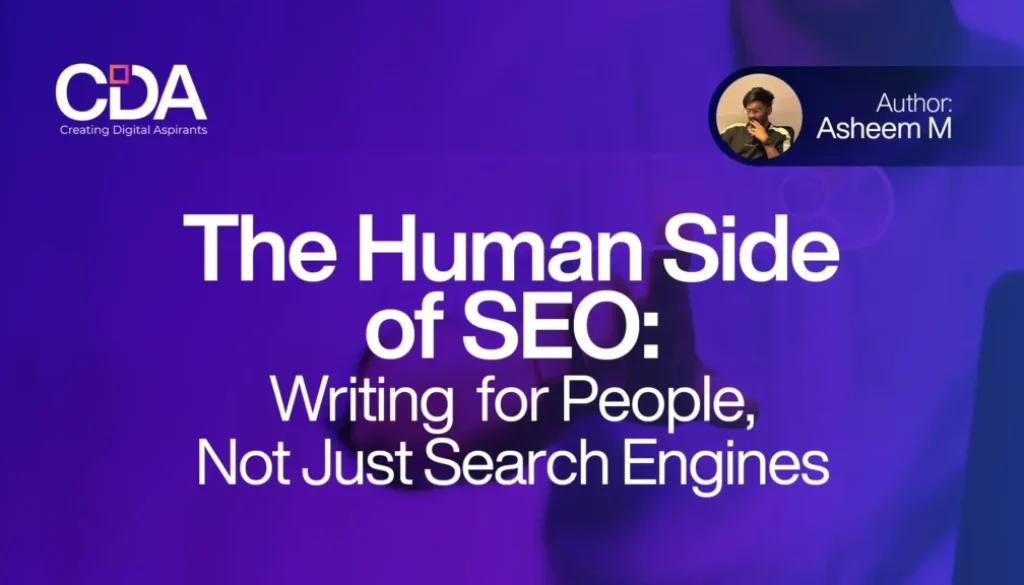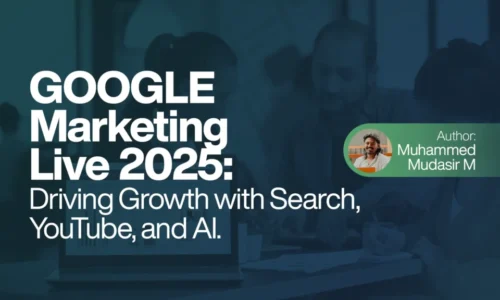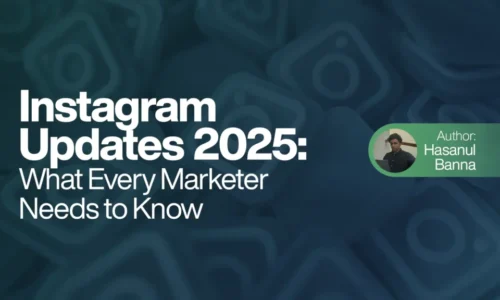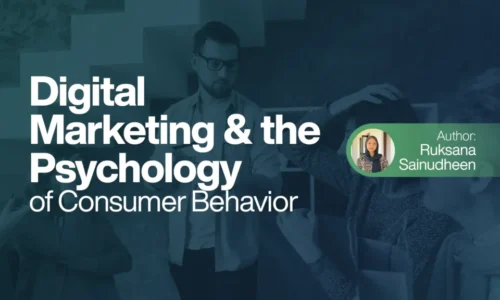The Human Side of SEO: Writing for People, Not Just Search Engines
SEO in the fast-paced world of digital marketing often lands as a technical maze. Most people approach it in terms of keywords and backlinks, while updates to the algorithm are said to be the most unpredictable; nonetheless, it is at this juncture that lies the most important element of all that of people. Discussion of the human side of SEO: how to make content engaging to your audience while remaining optimized for search engines. Let’s get to why it is just as good as necessary to focus on the human aspect of SEO to succeed long-term.
Table of Contents

Knowledge of Your Audience
Before you start writing, take a moment to reflect on who you’re writing for. Your audience isn’t just a list of profiles; they are real people with feelings, preferences, and pain points. The first step in the creation of the content is to understand what your audience needs.
Create Very Specific Buyer Personas
A buyer persona is a half-fictional figure of your perfect customer. In developing proper personas you would seek insights through surveys, interviews, and analytics. Thus, you may consider your buyer persona to include demographic elements like age, gender, location or occupation but go further. What are their goals? What kind of challenges do they face? What do they interest themselves with?
Then you can phrase your content in such a manner that you perfectly fit what the audience needs and likes. There is nothing more fun than this human-centric approach than watching it enhance the probabilities of converting those visitors to paying clients or satisfied customers.
Empathy is the Key
Be the shoes of the person you are catering a piece of content to while writing. What are they looking for? What do they want to know? You can write content that will resonate with them, and that is not about keyword usage but rather about helping your audience really find what they are looking for.
Persuasive Content Writing
Since you now know who your audience is, it is about time to be keen on how best to write to them. How to Write for Your Audience
Tell a Story
A human’s senses will always instinctively respond to stories. You grab the reader’s attention and emotionally reach out to him through use of a story in whatever you are writing. Start with hook-a great anecdote or a provocative question. When writing on the topic of stress management, bring a personal anecdote about when you were overwhelmed and how you dealt with it.
Write Conversationally
Write as you are having a one-on-one conversation with your reader. Avoid jargon and complex words. Present in an amiable, inviting way. This not only makes your content read-friendly but also gains you trust among your audience. Let it relax easily with short sentences, contractions, and questions.
Give Value
It should be content of worth. Whether great tips, insightful analysis, or pure entertainment, your reader should leave with something tangible. Use bullet points, headings, and visuals to carve out text, making your content more accessible.
Make it Readable
At the same time, SEO is very keyword-focused and technically, readability is an important part of a user experience. So, use short paragraphs. You can break up your copy using headings and bullet points to make it easy to read. You cannot forget how people browse online skimming to find exactly what they’re looking for.
SEO Fundamentals: Writing for the Search Engines
We now discuss the search engine optimisation elements that will help your content do these things without hindering its quality. How would you explain getting inside the heads of the crowd? Keyword Research
Carry out an extensive keyword research to find what your target audience is searching for. Use keyword tools such as Google Keyword Planner or Ubersuggest to identify keywords carrying good search volume and relatively low competition. However, you don’t stuff your content with keywords since overapplying them may make them unreadable, and worst, attract penalties from the search engines.
In Organic Incorporation
Once you have settled for the target keywords, use them as naturally as possible in the content. Be sure to get the keyword in your title meta description headings and body texts, but don’t forget that you should choose between the quality of writing and keyword placement. If it feels as though you are forcing a word into the sentence, rephrase that sentence or move on to another keyword.
Meta Tags Optimization
Meta titles and descriptions are the first things that users see when they look at the search engine results, therefore make them worthwhile to a glance. Ensure meta descriptions are brief and simple summaries of your content containing your main keyword. That will help you in ranking opportunities and also encourage users to click through to your web site.

Internal and External Links
Including links to relevant and context appropriate internal content and authentic sources outside will give your writing an authoritative feel. Internal links will keep visitors on your site longer, but outside links to credible sources add value and depth to the content as well. Both will elevate your SEO while enriching your audience experience.
Interacting with Your Audience
Well, creating good content is just the very first step for relationship building and community building; you need to engage your audience for a relationship or community to flourish.
Create an Opportunity for Interaction
Ask your users to comment on what you have written, or any kind of feedback they have through questions at the bottom of your post. Engaging in comments will make your community blossom and give you rich insights about their minds and needs. So, actually responding to comments and engaging in a discussion gives out the message that you actually care for the opinions of your audience.
Social Media
Share your content on social sites where your audience is active. Use the channels to start a dialogue and solicit feedback. Ensure there are shares and discussions to amplify your reach while building a community around that piece of content.
Monitoring and Improvement
You shall then have a monitoring of analytics on how the content performs. Keep tracks and reviews of the metrics like bounce rates, time on page, and social shares in order to determine whether your audience is engaging. Better use of this data shall look at adapting strategy and improving your content in better answering the needs of your audiences.
Benefits of Long-Term Writing for People
The human approach to SEO pays off in more than one way. You establish trust and loyalty with your audience when you develop content that really strikes a chord within them. Some of the long-term benefits are:
The Conversion rates improve
People will be interested in your brand when they get value from your content. This may include a higher number of sales of products, newsletter subscriptions, or any call-to-action that is desired.
Improved Reputation of Your Brand
Authentic and relevant content produces brands which are likely to be authorities in a niche. This leads, over time, to a good reputation and will solicit word-of-mouth referrals—undeniably a very powerful marketing tool.
A Higher Organic Traffic
While technical SEO forms part of content writing, the most likely better engagement metrics, as consideration in Google’s ranking, will be found when you focus more on the human side. This is because engaging and well-written material is very shareable and link-worthy material that increases organic traffic to your site in the long run.
Conclusion
With a digital marketing world that changes in a minute, now’s more than ever the time to really be about the human side of SEO. Meeting user needs, great content, and optimization for people and search engines create a synergistic power that could really elevate your brand.
SEO is not a set of rules; it’s all about connecting to real people. Build long-term relationships with users and increase search rankings with every article you write. So next time you sit down to write, ask yourself this: How can I create content that honestly serves my audience? The answer will guide you toward a more human approach to SEO-one that resonates far beyond the search results.
Author Info
Asheem.M, Freelance Digital Marketing Strategist in Malappuram.
Learner of CDA Digital Marketing Academy in Kerala.



